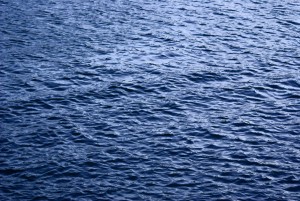 There are quite a lot of people who ask, “When is the best possible time to fish?” This is where pattern fishing comes in handy. There always seems to be some days when the fishing is great, and others when fishing is not-so-great. So how do we know when the fishing is fair or excellent and how come some fishermen seem to only be fishing on the days when bass are actively feeding?
There are quite a lot of people who ask, “When is the best possible time to fish?” This is where pattern fishing comes in handy. There always seems to be some days when the fishing is great, and others when fishing is not-so-great. So how do we know when the fishing is fair or excellent and how come some fishermen seem to only be fishing on the days when bass are actively feeding?
Many avid anglers keep mental notes about their surroundings when they are fishing. This can make them amazing anglers if they use their knowledge correctly. The trick is to keep knowledge of Weather Patterns, Time of Day, and Cover/Structural Patterns.
For the Weather patterns keep track of, what else, the weather. Most people know that fishing for bass is better on overcast days than bright sunny days. This is a real basic pattern that fishermen tend to pick up on early, but how about wind? I have found a slight chop in the surface can turn on bass while no wind or heavy wind turns them off. During a cold front bass become sluggish and are sent deeper than usual. Does rain trigger bass into feeding, or turn them right off? Rain seems to trigger bass into feeding heavily, with rain comes clouds, and the clouds block out sunlight and since largemouth bass are light sensitive, this allows them to creep away from their cover a bit. And with rain, bugs wash into the water and the baitfish go and gather most of them up. Well this activity arouses the bass and comes in for a closer look only to see some potential food swimming around. The bass obviously can’t pass up this free meal, so all of a sudden the predator fish become active. But a thunderstorm or heavy rain may quickly change the fish’s mind and head it straight back to its heavy cover and become even more spooky than before.
The time of day an angler hits the water can be very important. Bass tend to be more willing to follow and strike a lure during low light periods. This means early morning and late evening fishing can be very rewarding.
So we know when to fish, now, where do we fish? Points and humps have always been favourites to fishermen. The only problem with these are that they can be difficult to find without a fish finder. If you do find them, fish the shady side first. In early morning and late evening fish hang around the top/shallow part of the humps and points. By midday they have all mostly dropped deeper down the side of the point or the hump.
These were some basic patterns, and there is definitely more than just these. But you have to find them for yourself, because many other, more subtle patterns change from month to month and lake to lake. Keep track of these patterns and next time you go out angling with your friends, you may surprise them.

Recent Comments